Long before the Japanese inhabited the island of Hokkaido, the island was populated by the Ainu, the indigenous people of Northern Japan. While the Ainu population has dwindled in contemporary times, the communities that still exist have preserved their history and the mark of the Ainu people remains on Hokkaido’s land and culture. The Kawamura Kaneto Ainu Memorial Museum in Asahikawa is one place to learn about Hokkaido’s native peoples, their traditions, their history and their continued presence in the region.
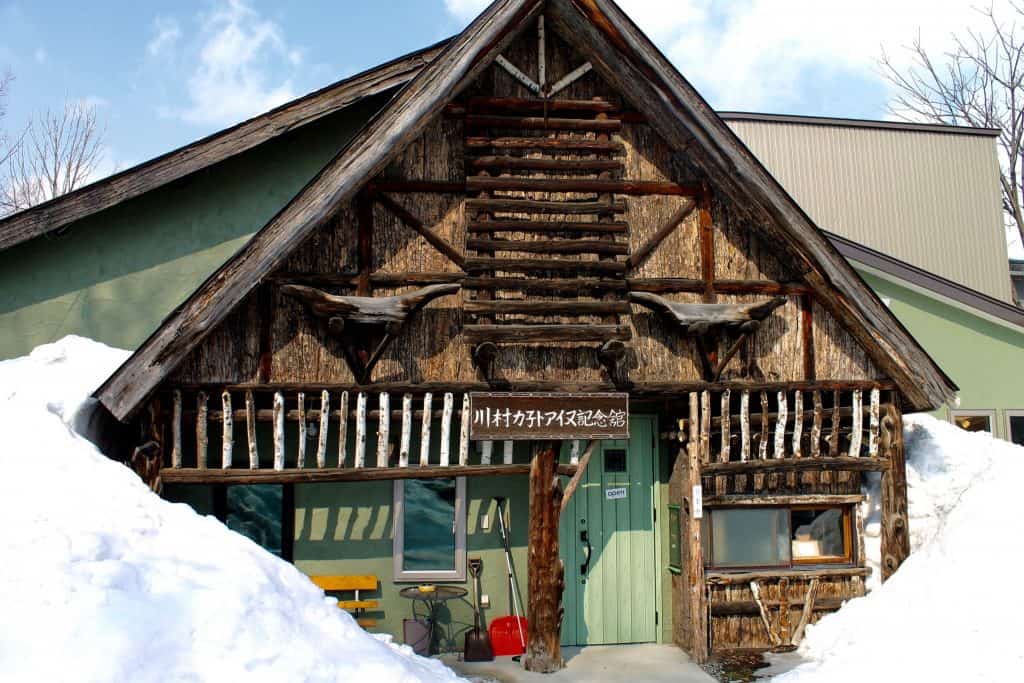
The Ainu: Hokkaido’s Indigenous People
The history of the Ainu parallels those of other indigenous communities across the world, as they faced settler colonialism and encroachment on their lands for centuries, culminating in the complete annexation of Hokkaido by Japan in the 1860s.
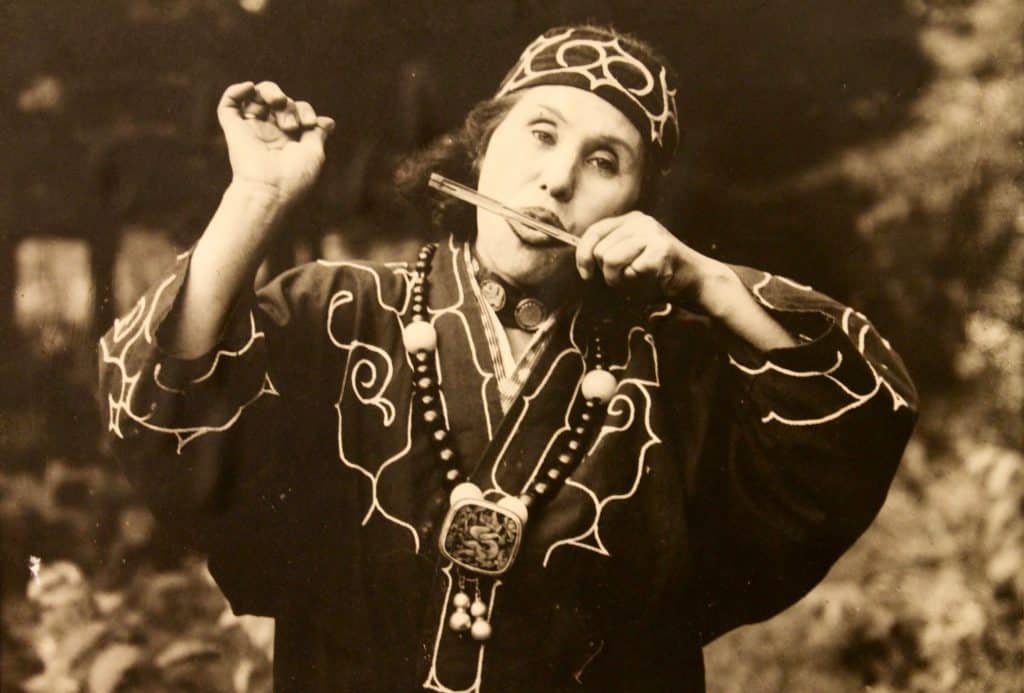
During the Meiji era, the Japanese government tightened the regulations they’d placed on the Ainu, leading to policies that forced assimilation and stripped many pockets of Ainu of their language, rituals and cultural continuity. It’s estimated that over 100,000 Japanese citizens are unaware of their Ainu ancestry as a result.
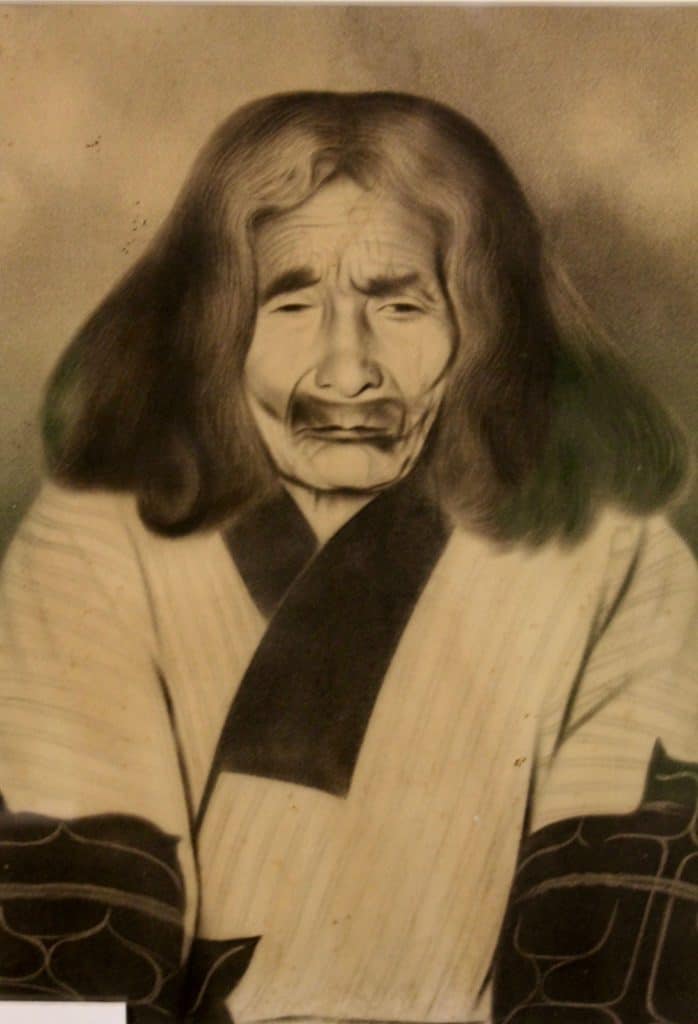
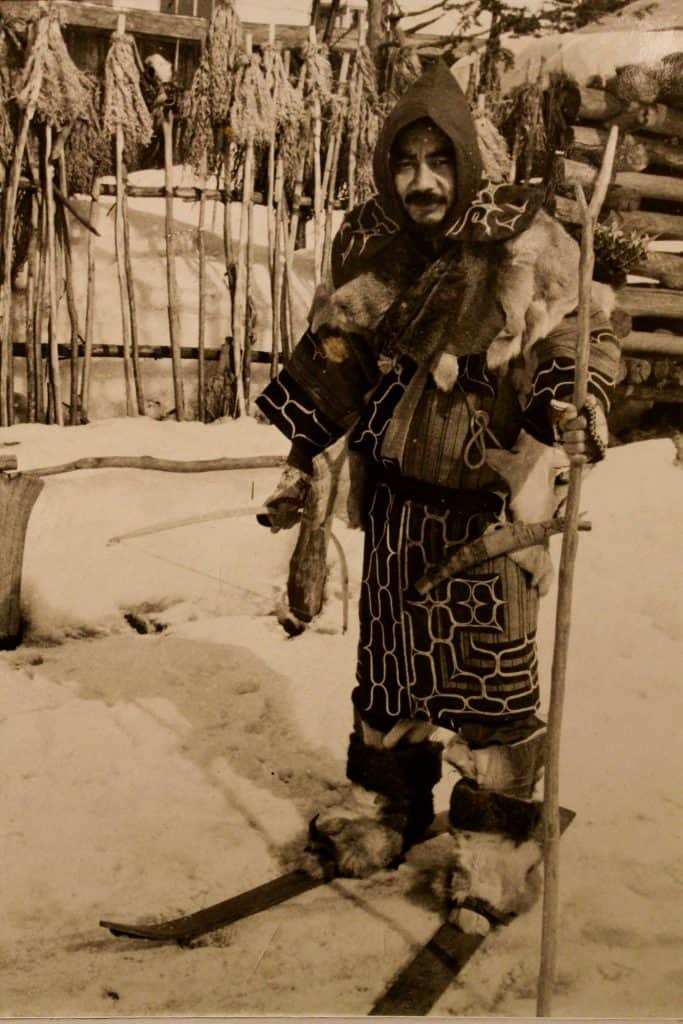
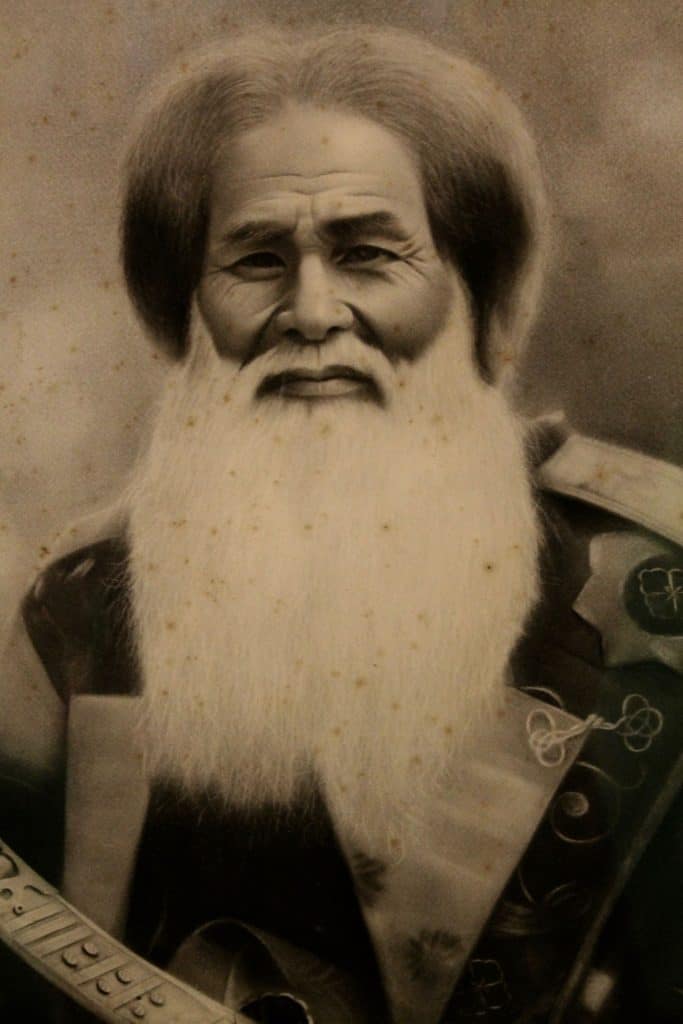
While the Ainu will likely never recover from these policies, those that have stayed close to their cultural heritage are now making efforts to preserve the Ainu culture that remains and spread that knowledge to Ainu youth and the greater Japanese population. One testament to these activities is the Kawamura Kaneto Ainu Memorial Museum, which is in the heart of Hokkaido’s second largest city.
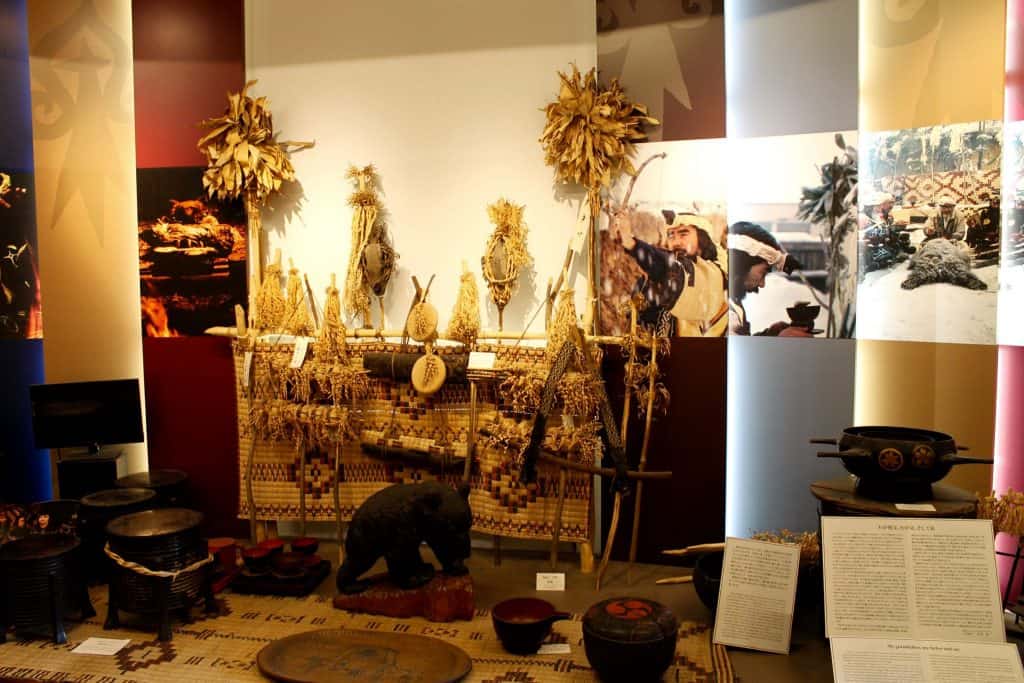
I visited the museum in the depths of winter, when the building, which features an Ainu-style façade, was buried in meters of heavy snow. Inside, I was pleasantly surprised to find a wealth of English language resources, including booklets, pamphlets and full English language captioning for the exhibit materials.
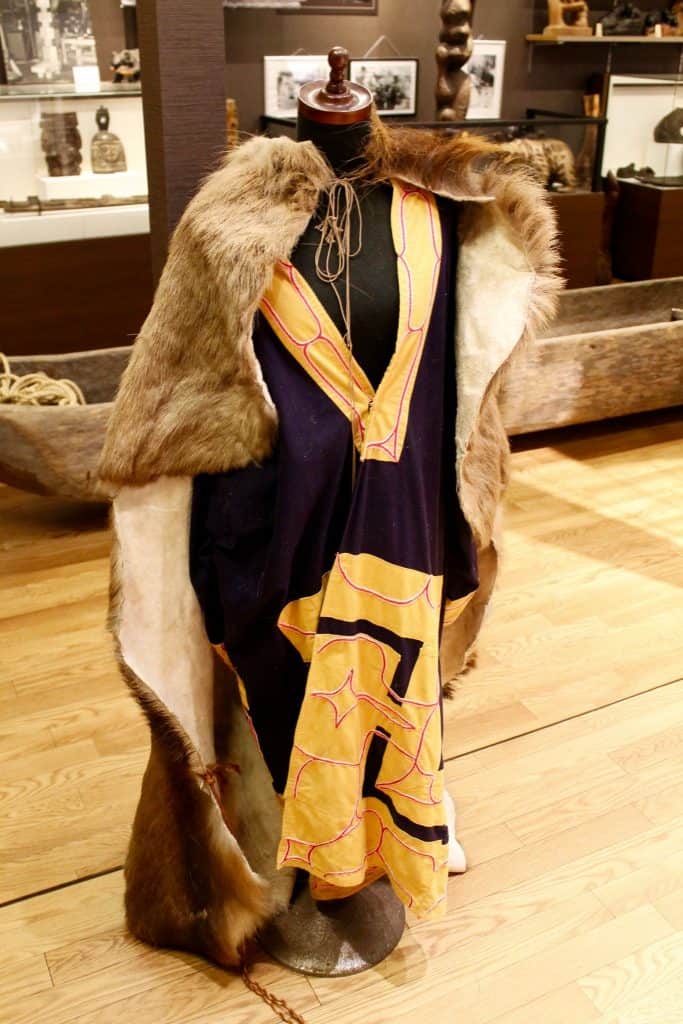
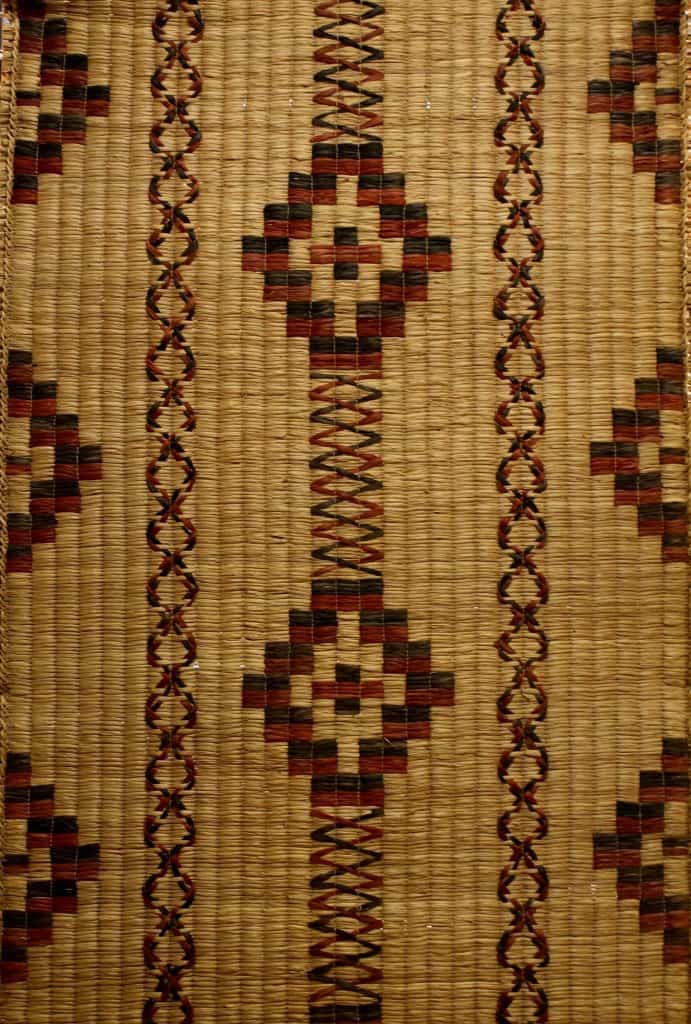
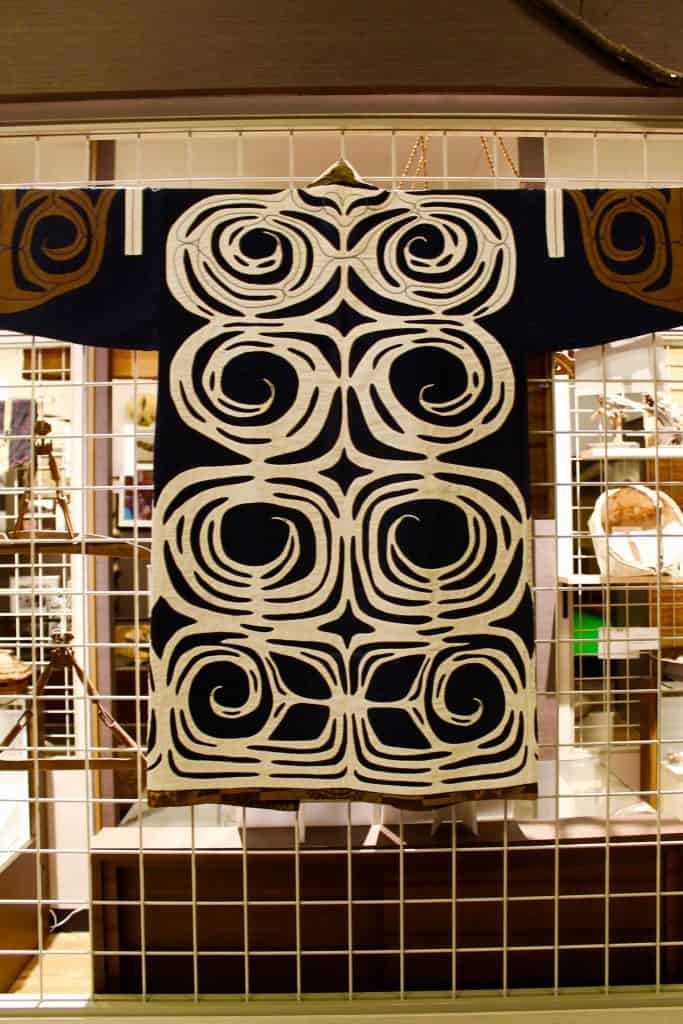
A host of cultural objects and artifacts fill the museum, from textile weaving patterns to traditional garments, to recreated models of Ainu homes and kitchens. Also on display was Ainu woodworking, which became a means of self-employment for Ainu after the annexation of Hokkaido. The woodworking on display includes both realistic and abstract works, most notable are the pieces by famous Ainu sculpture artist Bikky Sunazawa.
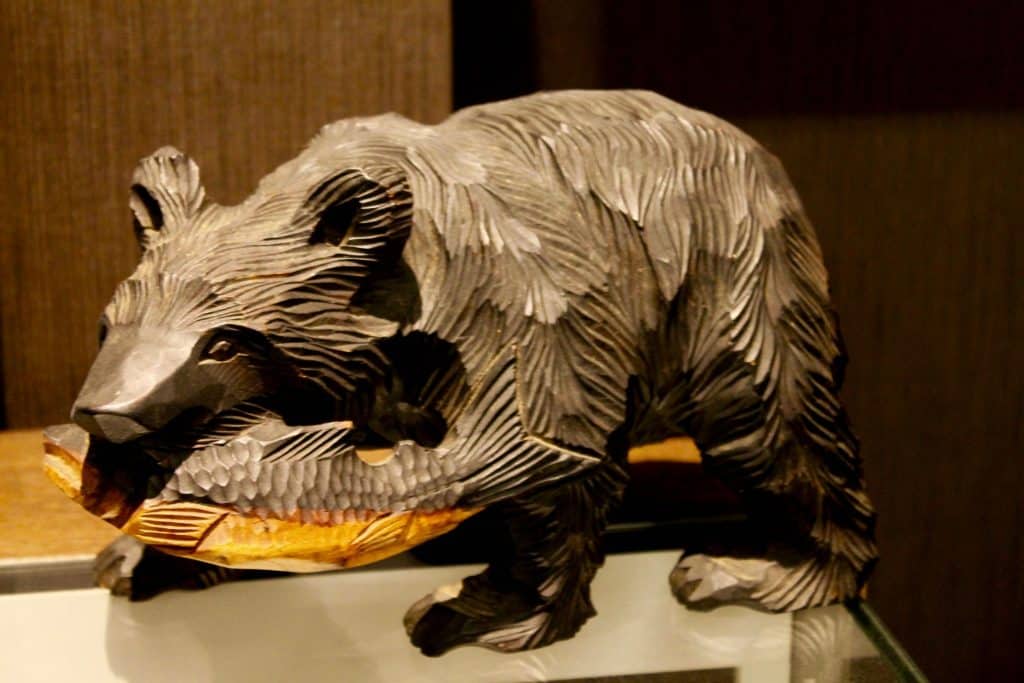
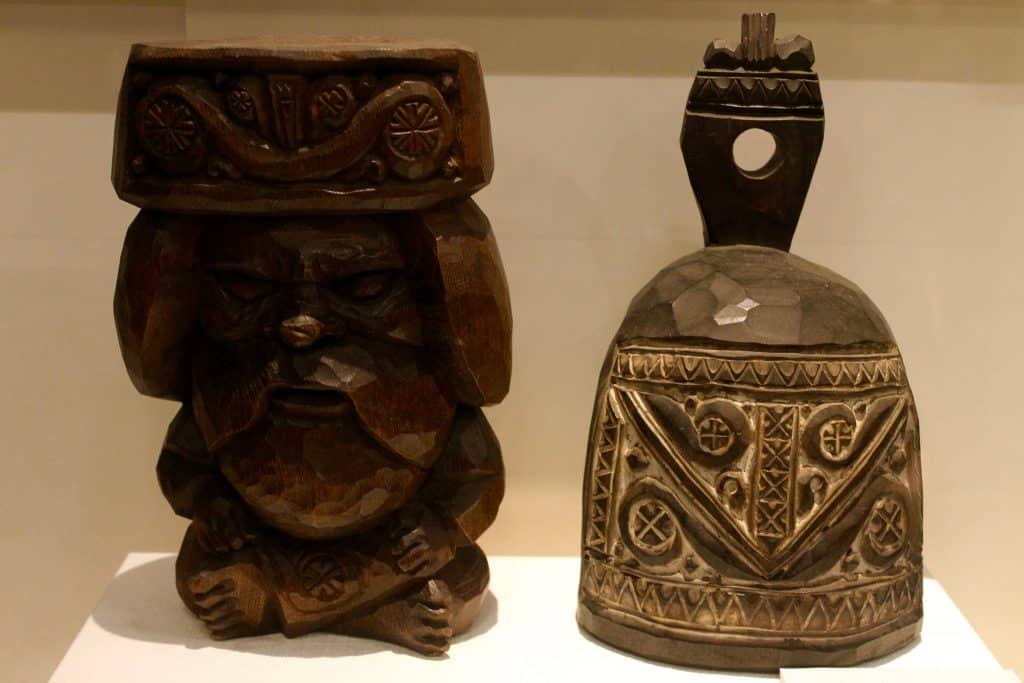
The museum also includes an activity space with a gorgeous mural of two Ainu women paddling in a canoe. Kawamura Museum multitasks as a community space, one of the few institutions working to both archives Ainu history and disseminate Ainu culture through new generations.
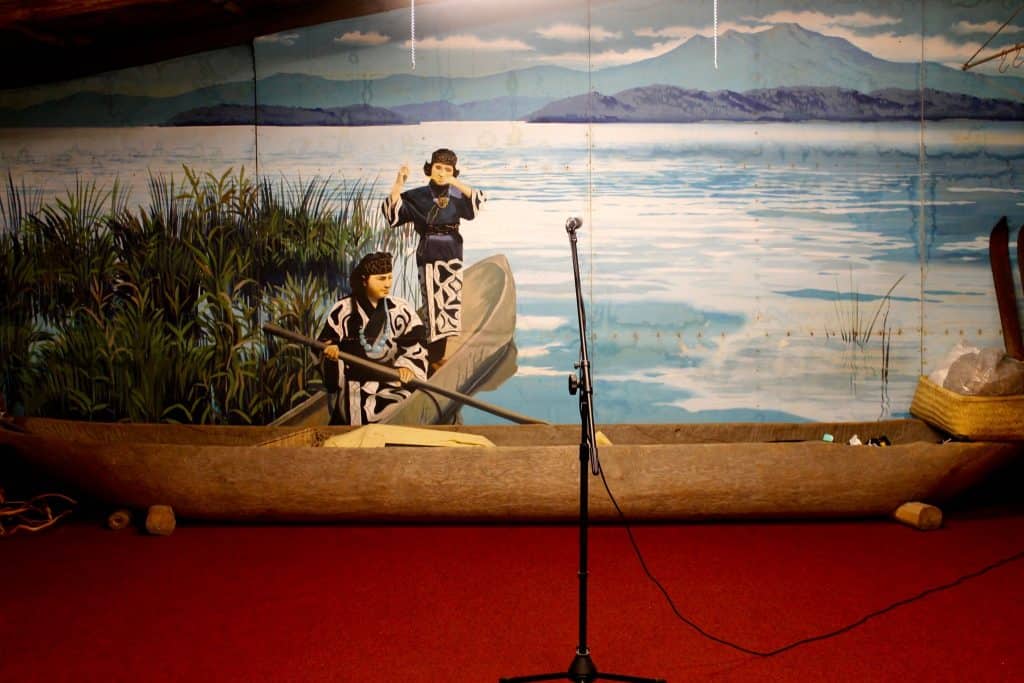
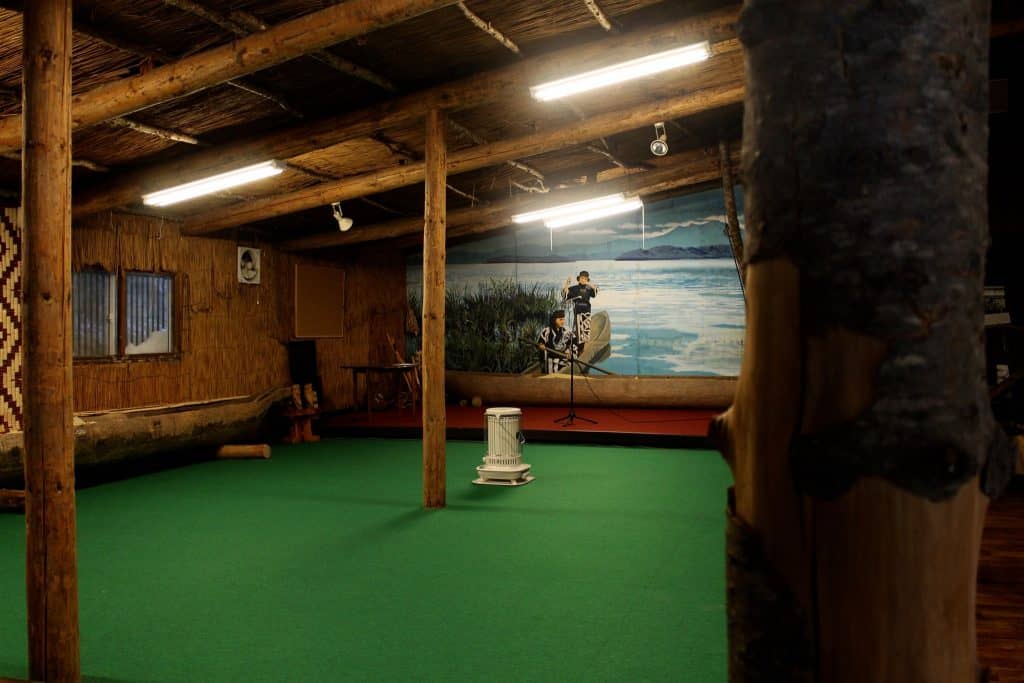
Ainu Daisetsuzan Mountain Worship
It’s clear to even those with a superficial knowledge of Ainu history, that the Ainu have great respect for nature and the beautiful landscapes of Hokkaido and Northern Honshu where they have long resided. One of their rituals includes Ainu women adopting and raising a bear cub for two years before the cub is ritually sacrificed, a practice that shows their great respect for bears, which they worship as gods.
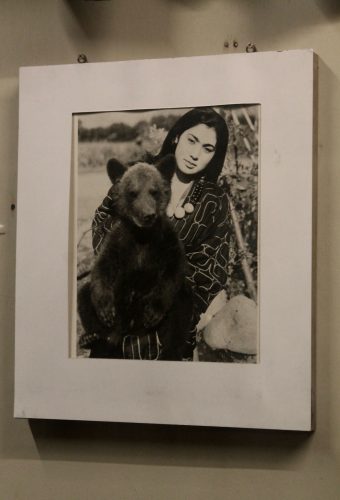
Another manifestation of this spiritual practice is the worship of Mt. Daisetsuzan, the tallest in Hokkaido at an elevation of over 2,000 meters. The volcanic mountain is known as “Kamui Mintara” in the Ainu’s native language, which translates to “playground of the gods,” and is admired for its grandeur and gorgeous snowcapped peaks in winter. Sulfurous steam vents and volcanic lakes are scattered across the mountain range, which has long captivated the imagination of Hokkaido’s inhabitants.
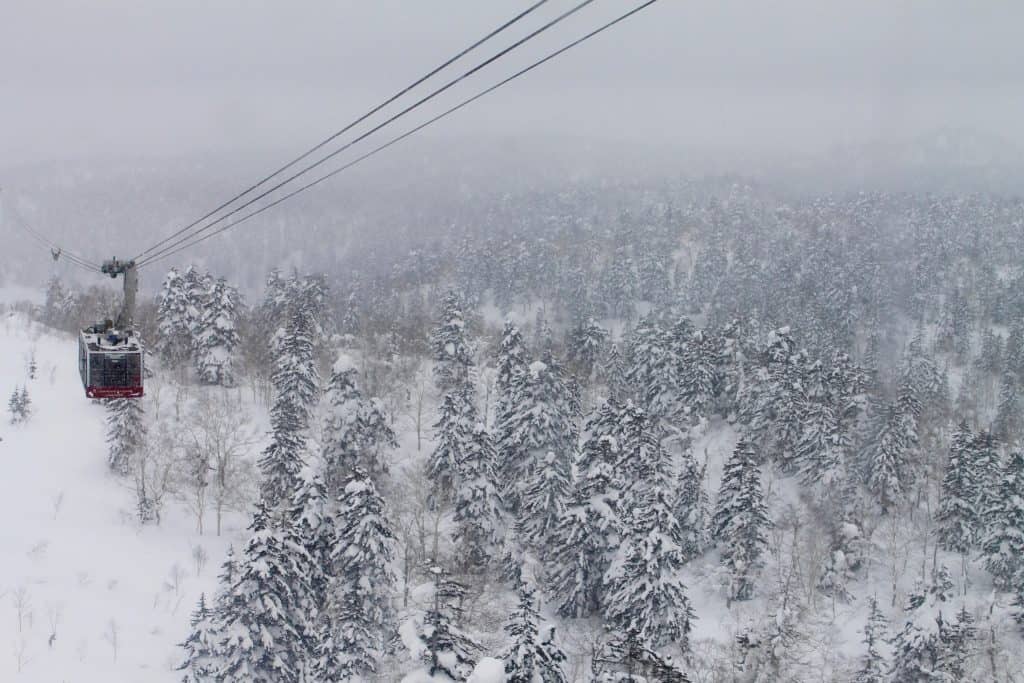
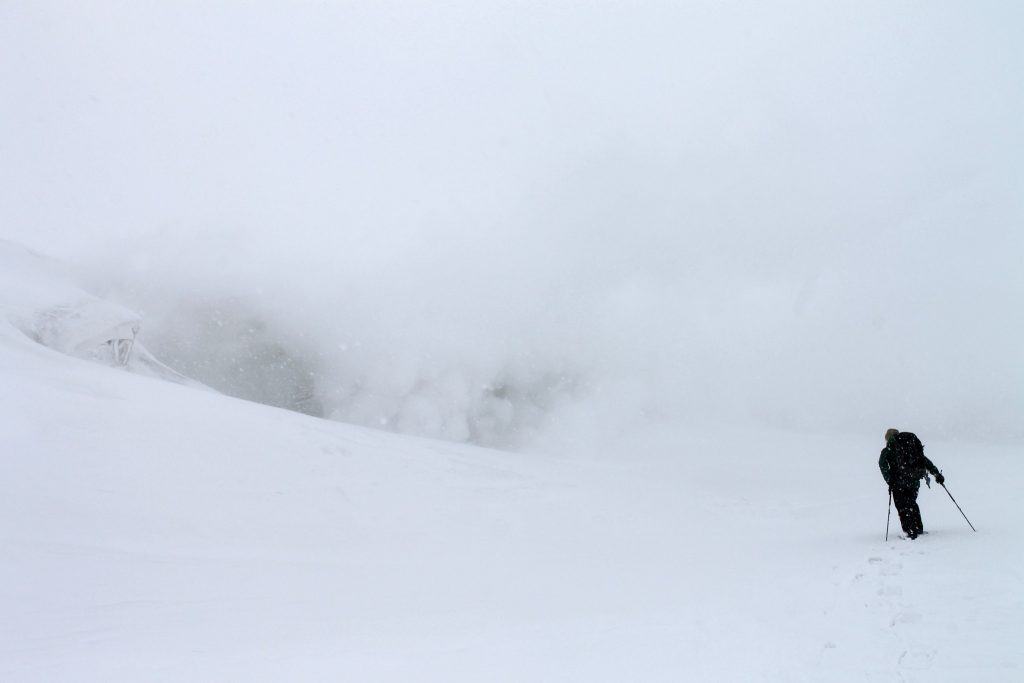
Visitors to the Asahikawa and Higashikawa region can easily access Mt. Daisetsuzan, which is less than two hours by bus from Asahikawa Station. In the winter months you can enjoy skiing, snowboarding, snowshoeing and backcountry skiing excursions. In the summer and fall months Daisetsuzan becomes an incredibly popular trekking spot for locals. During a visit you can develop a new appreciation for the Ainu worship of their native lands with a deeper knowledge and understanding of Hokkaido indigenous history.
To reach the Asahikawa and Higashikawa area you can take one of seven flights offered daily between Tokyo Haneda Airport and Asahikawa Airport, a journey just shy of 100 minutes. If you’re traveling via Kyoto or Shirakawa-go, you can book the one daily flight out of Nagoya. Using the ANA Experience JAPAN Fare or the JAL Japan Explorer Pass those flights will run just 10,800 yen. Asahikawa airport is in service even in deep winter, with 99% of flights running despite harsh weather conditions. From Hokkaido’s capital city, Sapporo, train travel to Asahikawa Station will take 90 minutes on the JR Limited Express.
| Name | Kawamura Kaneto Ainu Memorial Museum |
| Category | Museum |
| Address | 11 Chome Hokumoncho, Asahikawa, Hokkaido 070-0825, Japan |
| Opening Hours | 9 am – 5 pm |
| Price Range | 500 yen entrance fee |
Sponsored by Asahikawa City


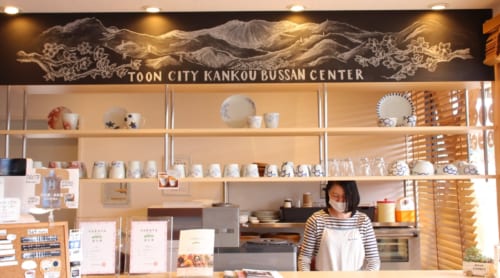
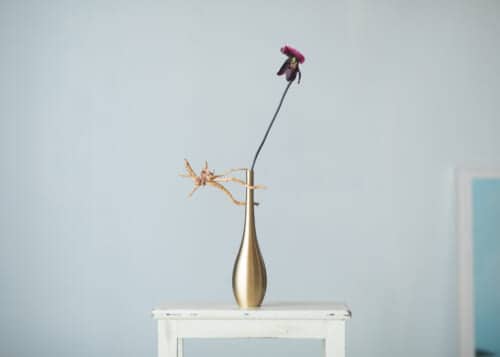
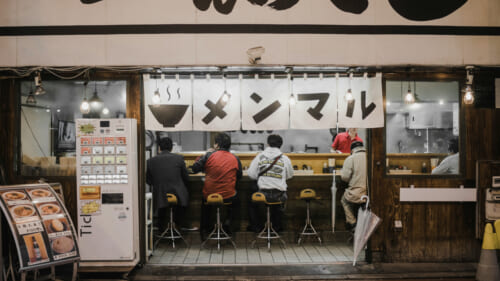
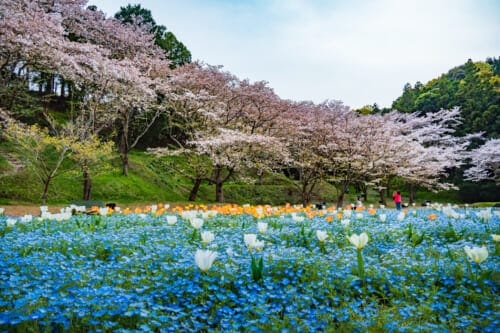
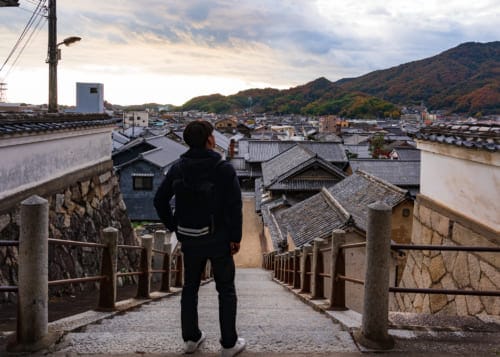
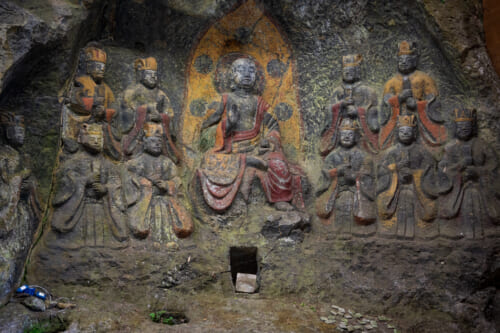
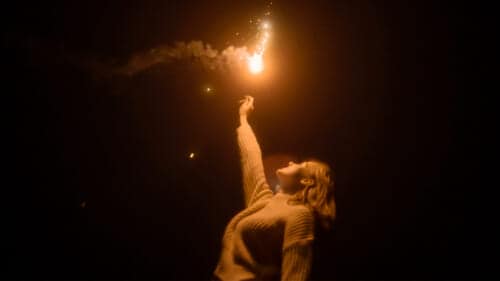


No Comments yet!